A pump is a mechanical device that transports media by transforming the energy supplied by a motor into hydraulic energy.
The first criterion for choosing a pump is the type of media concerned. The technical characteristics of the media must be taken into account because they will determine the choice of pump.
Then, in order to properly dimension the machine and calculate the operating point of the pump, it is necessary to know the parameters of the network such as: flow rate, suction head, discharge head, head losses, etc.
This guide will give you an overview of the main types of pumps and the typical situations in which they are used.
We do not, however, deal with hydraulic pumps (also known as power pumps) or vacuum pumps in this section. These two products, which differ in application and technology, are presented and offered separately.

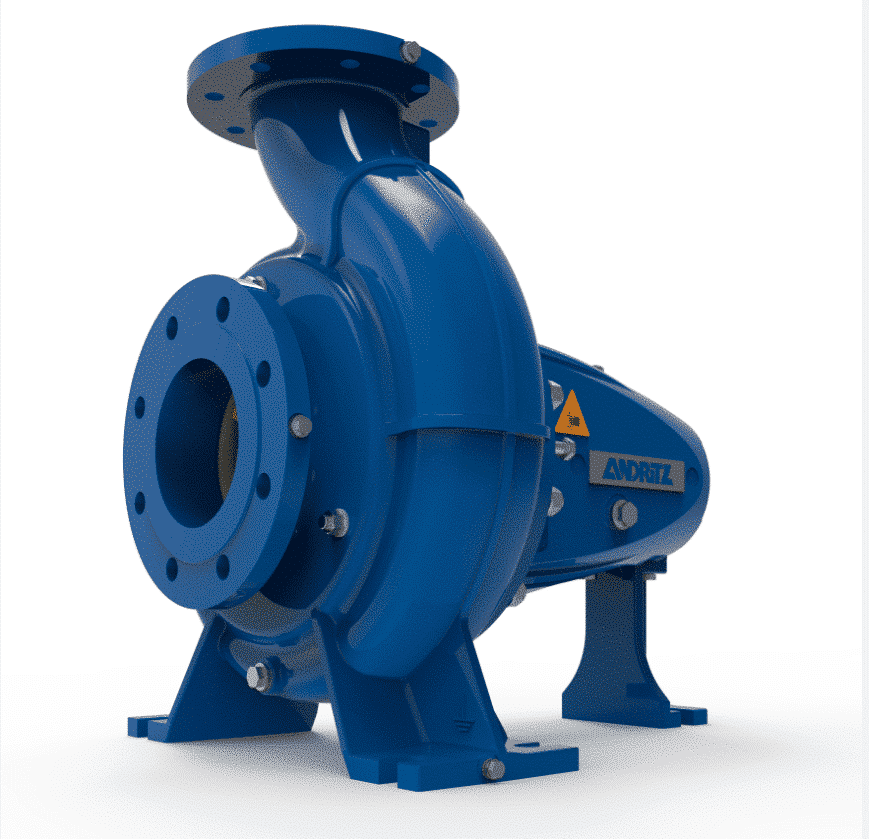
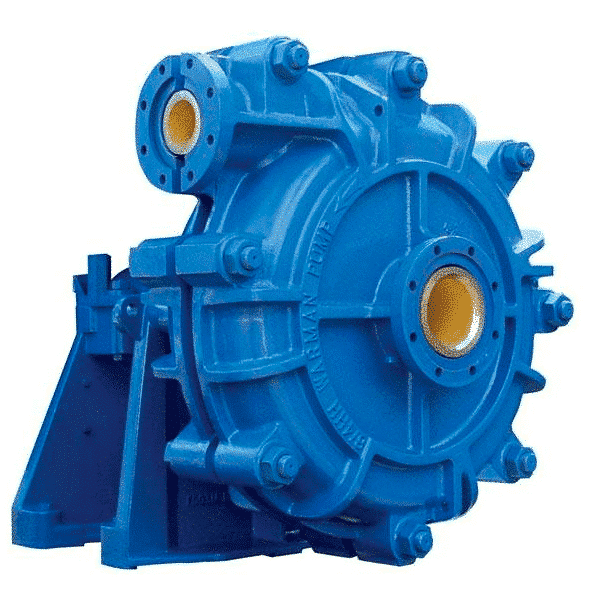




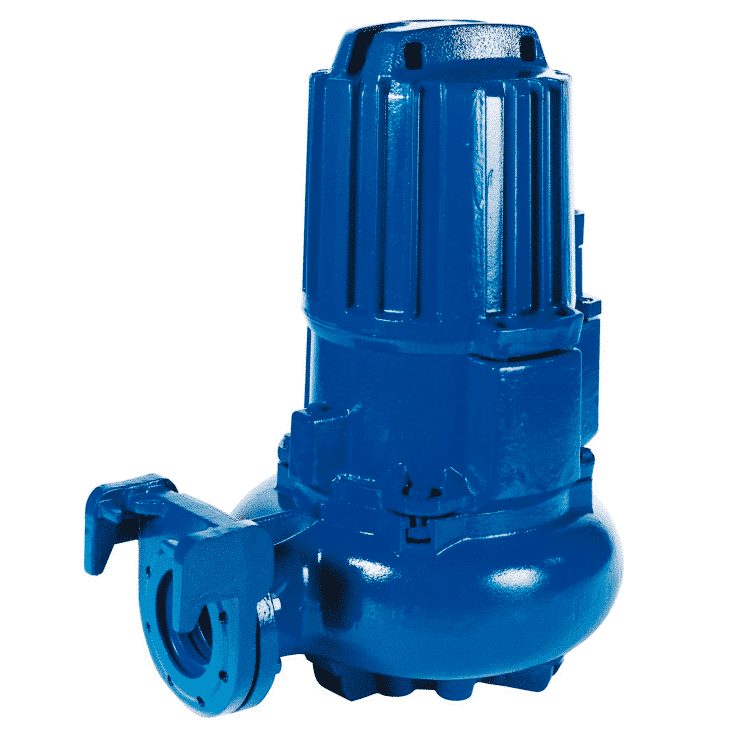

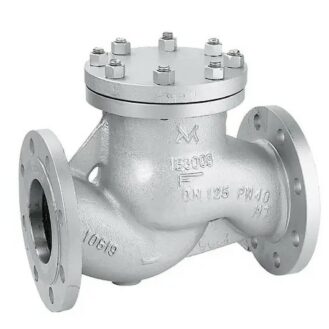
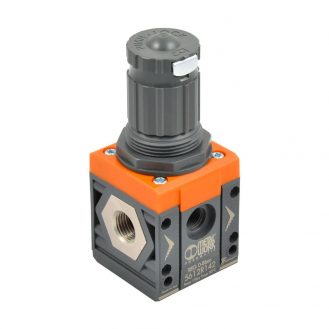
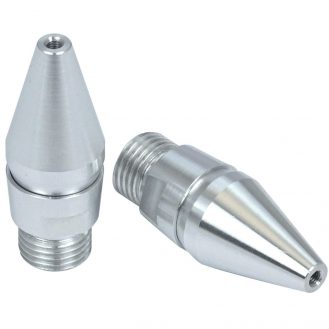


It’s good to know how to avoid pump cavitation, it sounds like that would be dangerous to the pump. I’ve been dealing with my basement flooding a lot frequently, but until I get that fixed I need to find a good pump to avoid further damage. I’ll be sure to set it up in such a way that it stays in good condition.
I liked how you noted that lift pumps are best to remove wastewater. My uncle bought a property that has a water well installed. He needs to get a pump so I’ll pass him the list so he can find the right well pump.
Thanks for explaining that gear pumps use the rotation of a rotor and pinion to get the water because I had no idea how any of these kinds of pumps worked. It’s important to me that I understand how they work in case they break. It’ll also help me decide what kind of pump is best for my well.
Really informative blog about choosing the right pump. I want to buy a pump for my industrial use and this list really helps in choosing the pump. Keep sharing these types of information in the future…!!!
My uncle bought some rural land and he’s been working on building a home. Because of this, he’s probably going to need to get a well drilled and get a well pump. I like how you said that one should consider what they are pumping and then get a pump with qualities that can withstand that.
Thank you for explaining the various type of submersible pumps that is available in the market for our swimming pool as well as a quick guide on how we can choose the right pump for us. The swimming pool at my parents’ place is roughly 8 meters in-depth and they need the water drained to clean the pool. I will survey for a submersible pump since it is suitable for pools that have a depth of over 7 meters and will speak with a professional to ensure I purchase the right pump.
It is important to remember the type of media that will be transferred through the pump to avoid corrosion, I liked that you mentioned that. Personally, I’m planning to open a water treatment business to ensure the quality of the water is good enough for day to day use. I appreciate you creating this article, I will look into a good pump submersible company that fits my needs.
well written. the explanation is very clear & easy to understand. this shows me the way to buy a perfect pump for my task. Thanks for sharing this
Thanks for explaining that you need to know what will be going in and out of your pump before you buy one so you can avoid premature wear. I have never owned a pump before but my dad said I’ll need one just in case. I’ll go talk to him and ask him what type of pump I should get because he didn’t specify the first time.
My husband wants to buy a pump because we need a new one for our house, and he’s looking for advice on how to choose the right one. I like that you recommend buying one that is capable of providing the flow you require. I will make sure that he knows this so that he makes an estimate and therefore buy the right one.
thanks for this clear explanation. this helps me to find the right pump for my garden work
It’s interesting to know how centrifugal pumps can help as a wastewater treatment plant. My husband and I are looking for advice to be able to choose the right wastewater equipment supplier. We’ll start looking for one, and we’ll talk about what might be the best option for us as a waster water equipment.
It is the best article i have read on internet today! is centrifugal pump helps to treat a water damage in water plants. but here these i got the information helps me to choose the right pump for the water plant!
My uncle wants to make sure that his pump works better, and helps his water pump to be more effective. He would really like to get some help from a professional to get it repaired. I’ll be sure to tell him about how he can avoid cavitation by increasing the NPAHa to match the flow rate.
It really helped when you said that it’s important to know what material will be used by a pump to avoid it wearing out. If I were to look for a pump for a specific fluid and selected a water pump, I’d be making a mistake. And I’d be making the issue worse. That’s why I agree on how essential it is to know what kind of pump you need before choosing one. I think you did a great job explaining the different pumps and what they’re for.
It was mentioned that it is important to know the flow you require before you select the right water pump. My parents are wanting to live off the grid, and they have a small one room cabin that they would like to hook up to a water supply. What size of pump would be the best for this situation?
It’s helpful to know that the temperature is also important to consider in order to keep my pump in good condition. I’m currently looking for an energy efficient pool pump manufacturing service for my pool remodeling soon. Having a better pump might be a good way to make sure that my pool can be as clean as possible.